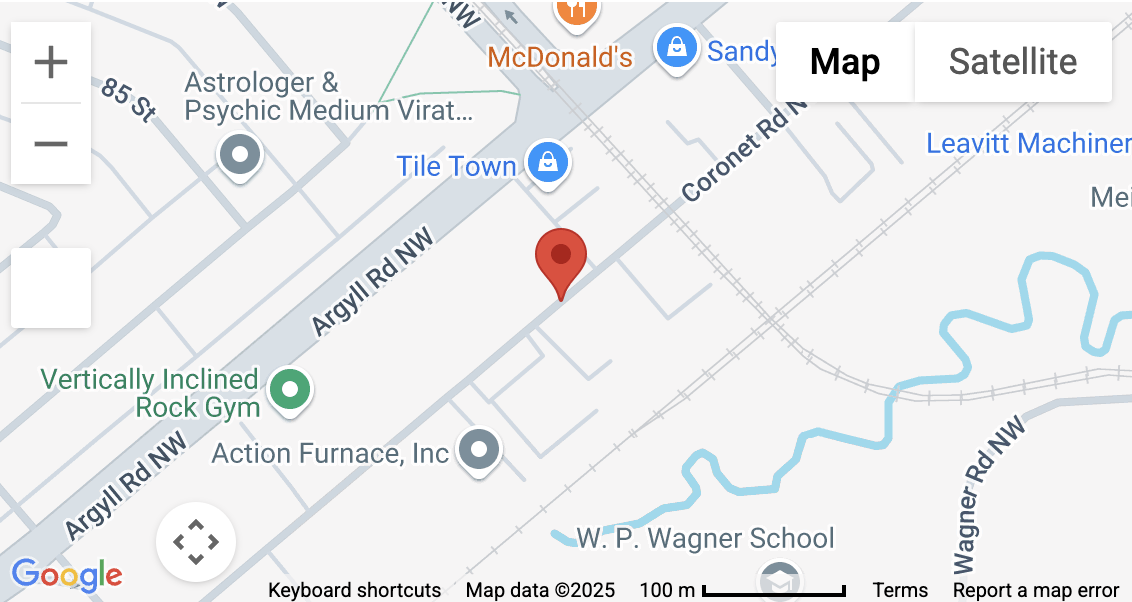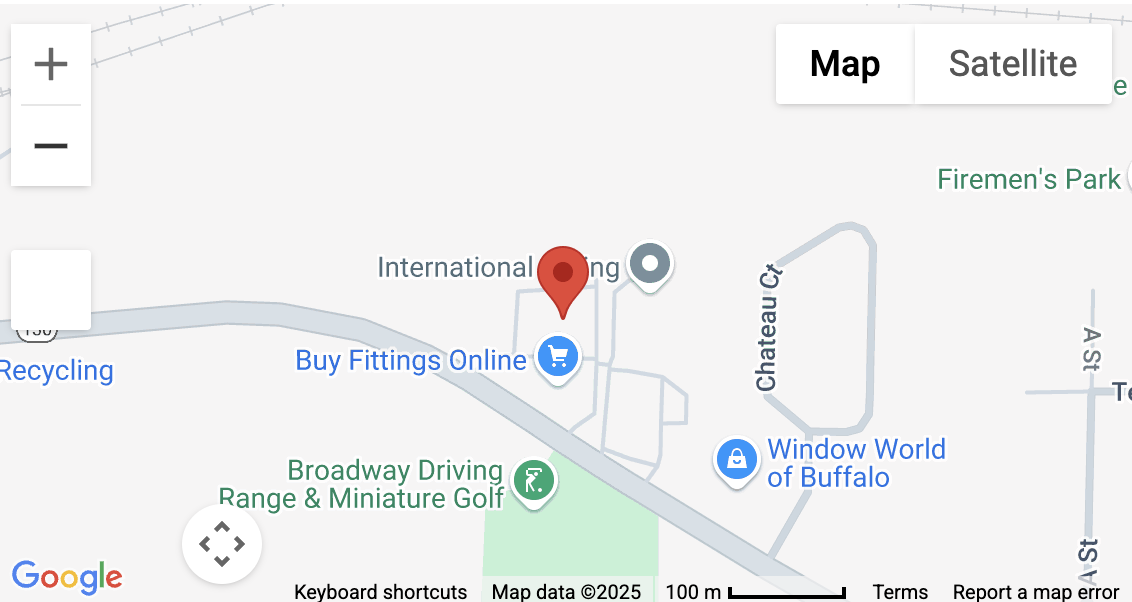Vibration Testing – Where Should You Mount The Control Accelerometer?
When you contract a vibration testing services laboratory what you’re really doing is hiring someone to input a precise amount of energy into your DUT in a way that can be repeated. In order to do this the laboratory requires a detailed test method and unlike many of the materials tests which we conduct in our laboratory, most test methods for conducting a vibration test are much less well defined.
This ambiguity in testing methodology creates a gap between what you, the vibration testing buyer, are looking for from a laboratory and what the laboratory can actually deliver to you. You want to shake your product. The test lab wants to shake it for you, but because most test buyers are unfamiliar with the intricacies of vibration testing, they rely on the test lab to “fill in the blanks” in the test procedure. That can cause you frustration, missed deadlines, greater engineering costs and likely higher testing costs.
Take for example the apparently straightforward question of where to mount the control accelerometer. Vibration energy produced by an electrodynamic shaker is controlled with an electronic controller. A typical vibration test setup will involve a controller measuring the output of a single control accelerometer, comparing that output with the acceleration specified for the test and then adjusting the amplifier output to make the output correspond with the test requirement. This sounds simple, but like many things is more complicated than it seems.
The control accelerometer can be mounted in many locations. Each location can result in different amount of vibration energy being absorbed by the DUT. Should the accelerometer be mounted to the armature or the head expander for vertical tests? Maybe it should be mounted to the vibration test fixture? What about horizontal axis tests? Which end of the slip table should we control, close to the armature or at the opposite end of the table? The vibration environment in each of these locations can vary widely depending on the frequency range of the test.
These are all questions that an experienced vibration testing services provider can answer for you, but only an educated buyer would be knowledgeable to ask.
Videos to help



